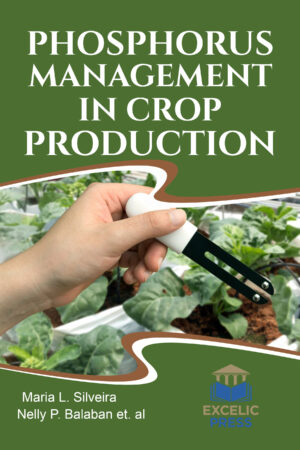Description
The number of reservoirs is progressively growing in all areas of the world. Rivers are being dammed, and the water level of natural lakes raised. The purpose of damming may consist of irrigation, hydroelectric power generation, flood control, public water supply, recreation, navigation and fisheries. Management practices for smoothing fluctuations in fish populations and increasing yield categorized into three groups – management of habitats; the regulation of fish populations and their food supply; and regulation and control of fisheries. To accomplish the management goals it is obligatory to know the changed patterns of fish populations in reservoirs such as the formation of fish population, fish population dynamics, the abundance of fish in the stocks and their biomass, and maximum yield which the reservoirs could sustain. This information is very important in planning a management program for ensuring maximum production of fishes. Fish yield optimization from man-made lakes has become the focus of attention in recent years and consequently, many development projects have been initiated at the State and national level to exploit the fish production potential of this resource, even as, the reservoir fisheries is well-poised for a steady growth.
This edited book attempts to meet the long-felt need for comprehensive information on the Management and Ecology of Lake & Reservoir Fisheries. The chapters are contributed by international experts in fisheries management and ecology and assess the status of lake and reservoir fisheries, consideration of fisheries yields, trophic ecology, rehabilitation and conservation. The fish production in reservoirs has been investigated and studied and the reservoir fisheries resources and their utilization are dealt along with the water quality, biotic communities, craft and gear, and fisheries management practices.





